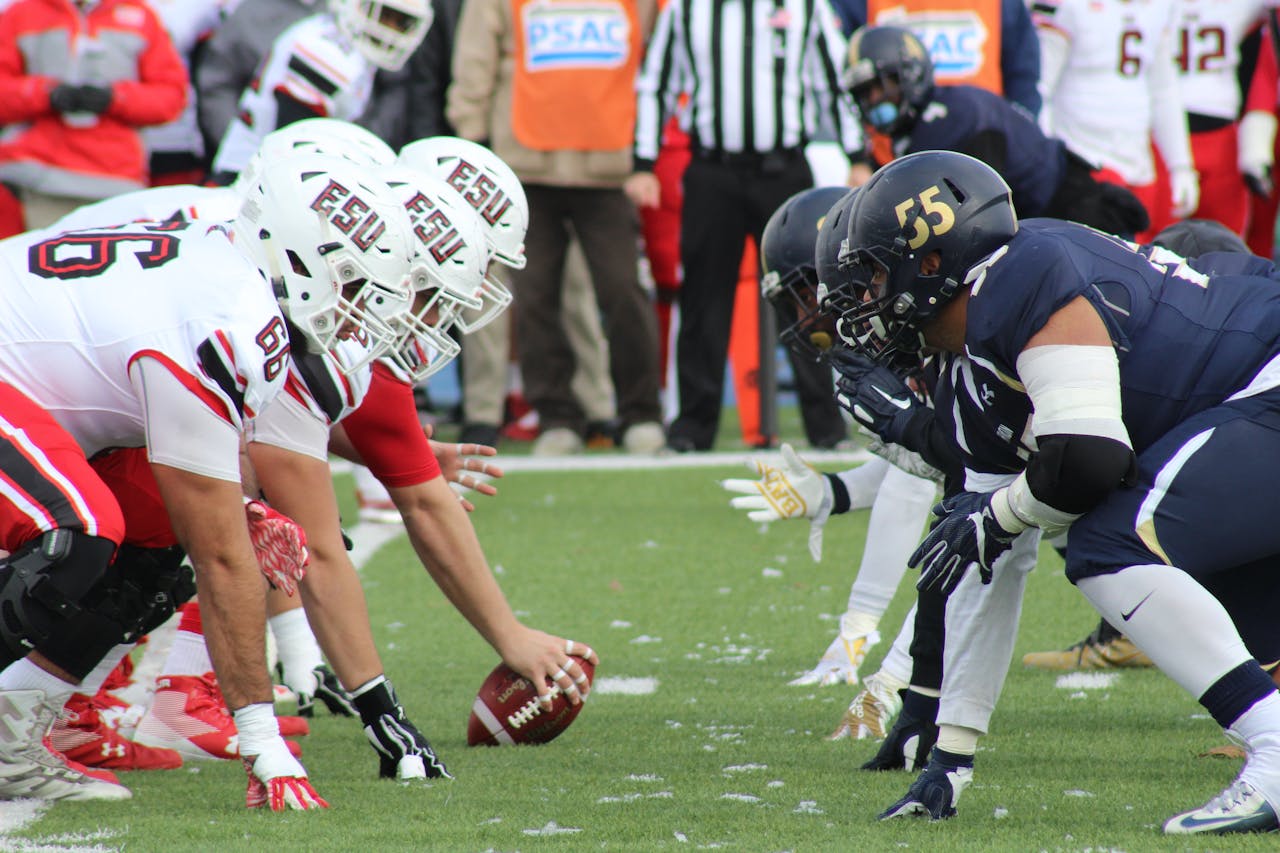
Young athletes have a role to play in identifying when they are hurt, as a coach or other adult may not see the impact or be certain if the athlete is under duress. (Pexels photo)
By Alison Doherty, Western University; Brendan Riggin, University of Waterloo; Kaleigh Pennock, University of Waterloo; Parissa Safai, York University, Canada; Shannon L Sibbald, Western University; The Conversation
Despite ongoing advocacy and education about the risks of concussions from organizations like the Sport Information Resource Centre, Hockey Canada, and legislation like Rowan’s Law, many young athletes still hesitate, or even neglect, to disclose symptoms when they are hurt.
Between one-third to over one-half of youth sport participants have indicated they did not tell someone in charge that they had concussion symptoms during play. That means they are at risk of further harm and longer recovery.
Young athletes have a role to play in identifying when they are hurt, as a coach or other adult may not see the impact or be certain if the athlete is under duress.
There is continued focus on the prevalence and prevention, diagnosis, and treatment of concussions in sport. But it is equally important to understand what might keep youth sport participants from speaking up — and being removed — when they are hurt.
Why don’t young athletes disclose they are hurt?
Our research team of scholars and sport, health, and safety organization stakeholders brought a range of perspectives to examine evidence from 36 research studies on youth athletes (12-17 years old) and self-reporting. We’ve identified key reasons why youth sport participants would be unlikely to tell a teammate, coach, official or their parent that they may have concussion symptoms, such as dizziness, nausea or head pain.
Young athletes are less likely to disclose they are hurt because they may be uncertain they are experiencing a concussion, or they might not think the injury is serious or bad enough to warrant telling someone.
Concussion symptoms are often non-specific and may be attributed to something else, like dehydration or the heat, and young people may feel they can play through it or walk it off.
Youth sport participants are also unlikely to admit they are feeling unwell because they want to keep playing and don’t want to be removed from the game. They also might fear losing their spot or playing status on the team. This may be a particularly strong reason for downplaying symptoms if it’s a very important game to them.
Youth athletes are also less likely to self-report that they may have concussion symptoms because of interpersonal or social pressures: they don’t want to let their teammates, coaches and parents down by not playing on (and knowing they will be removed if they speak up). This too can be heightened when it’s a very important game for the team.
Fear of appearing weak or risk-averse can also play a role in athletes not disclosing symptoms. Reporting a concussion is also less likely if the young person believes they should play through pain and not show any weakness. Norms and a culture of risk in sport emphasize a “tough it out” mentality that deters athletes from speaking up, and may be linked with the social pressure to not let others down.
Encouraging young athletes to open up
These personal, social and cultural influences present complex and challenging circumstances in which youth sport participants are expected to speak up about a possible concussion. You may know someone who has felt these pressures.
Guidelines for removal from play are only relevant if a coach or other adult sees the impact of injuries on an athlete. However, they are not sufficient when young athletes are reluctant to acknowledge they are hurt. That means the disconnect between athletes’ perception of concussion safety protocols and their motivation to continue to play must be addressed.
Fortunately, our summary of the research also highlighted key influences to youth athletes speaking up about a possible head injury, which can inform multi-pronged strategies to promote self-reporting. A participant-centred sport environment, where athletes’ best interests and well-being are truly prioritized, can help participants feel empowered to acknowledge to others — and themselves — that they are hurt, especially in the heat of the moment.
Concussion education that addresses the influences preventing young athletes from self-reporting will be most effective in a variety of formats like seminars, video, role playing, speakers sharing personal experiences, and at multiple time points throughout the season or year.
All involved in youth sport — the participants themselves, teammates, coaches, officials, parents, and the clubs — have a role to play:
• Through supporting a sport environment, and those who work to establish such environments, where athletes feel comfortable and safe speaking up;
• Developing and participating in education about the nature and seriousness of concussion symptoms, and athletes’ hesitation to speak up, and;
• Reframing injury disclosure as positive, while countering norms of playing through pain.
These important efforts can help to address the personal, social and cultural barriers to safer youth sport.![]()
Alison Doherty, Professor of Sport Management, Western University; Brendan Riggin, Lecturer in Recreation and Leisure Studies, University of Waterloo; Kaleigh Pennock, Assistant Professor, Department of Recreation and Leisure Studies, University of Waterloo; Parissa Safai, Professor, Socio-Cultural Study of Sport, Health and Medicine, York University, Canada, and Shannon L Sibbald, Associate professor, School of Health Studies, Western University
This article is republished from The Conversation under a Creative Commons license. Read the original article.





















